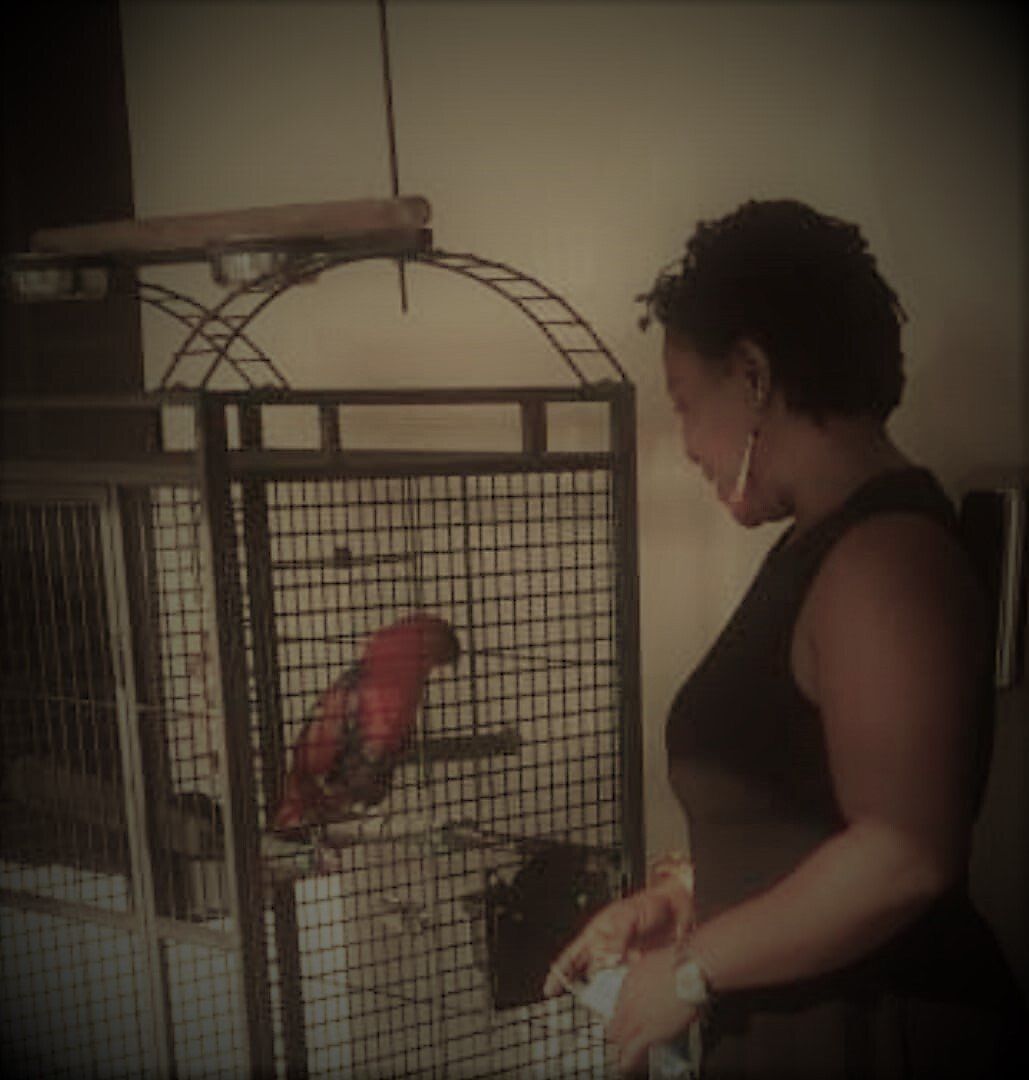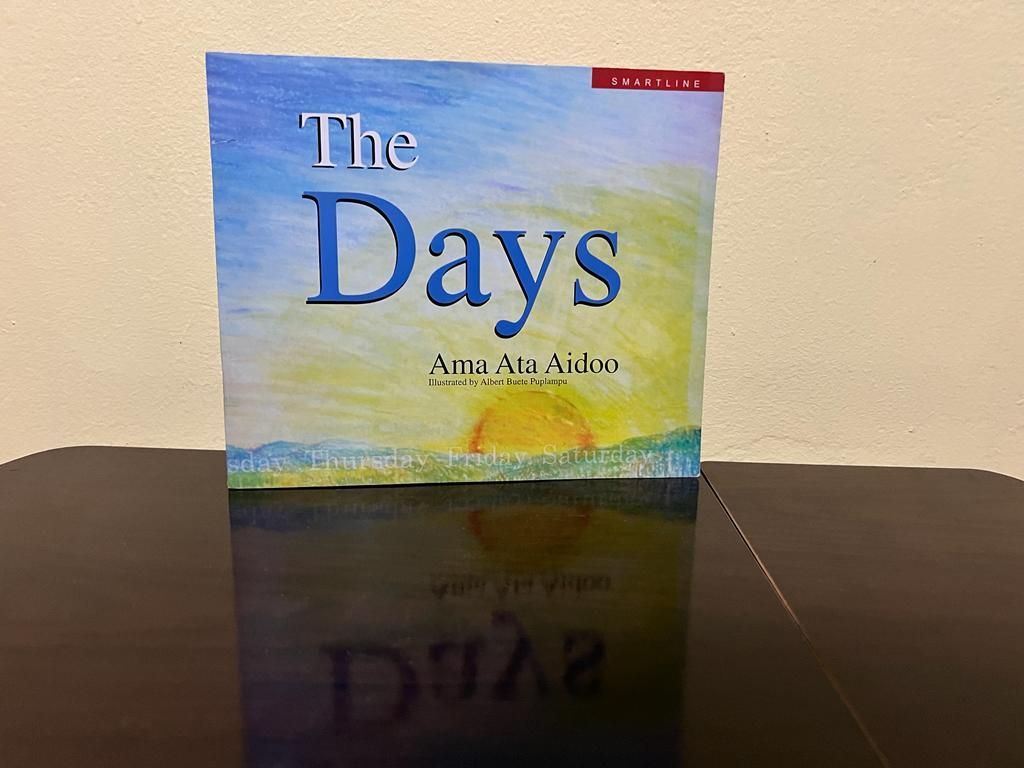Someday, I hope to know why

When Ex-President Jerry John Rawlings (JJ) passed, I felt the impact of stories left untold. How answers to certain questions may forever be unknown. I have lots of questions to ask about the revolution and the roles some personalities played in it. I have some memories of certain events from the era.
I grew up in Burma Camp. The primary school I attended was just a stretch from Gondar Barracks. When guns roared, we were ushered into the classroom and asked to put our heads on the table, doors closed. We will remain in that position for good long while. This happened a couple of times. On one occasion it was not safe for us to be allowed home until sometime after five o'clock in the evening.
We knew what it meant when they said, "The boys are coming."
One of JJ's bodyguards, a young soldier lived two doors from us on the same apartment block. He loved kids. He always bought and gave sweets to the kids on the block. He was young and newly married. He and his wife were happy to have the bunch of children on the block flock into their apartment. We loved him, he loved us.
My mother, Teacher, as neighbours called her, took his wife who was not much older than my big sister under her wings. My family was close to the couple. In the thick of things, JJ’s bodyguard sometimes brought Ezenator and Asantewaa, JJ’s daughters’ home with him and left them for his wife. My sister and I were the choice playmates for the Rawlings sisters.
Once awhile we played outside on the stairs with them but often their nanny kept them Indoors in their apartment or brought them to ours.
I recall days when all our fathers dressed up in record time and took their guns when the call for the soldiers to gather at the station was made. A siren would go.
One time, in the wee hours of the morning my mother woke us up with her crying. She was holding on to my father's clothes, in tears begging him not to go. My father had his hands on hers gently trying to free himself from her grip, saying I have to go. I remember this vividly.
I knew why my mother was crying. Some of our friend's fathers had gone and not returned. My father was not an infantry soldier. Yet he was also required to take his gun and join the soldiers on the square. It was not a good morning, we all remained indoors that day.
Some Military Intelligence (MI's) were picked up never to return. Some run and managed to escape. I was young but understood some things. The mothers talked. Some of our friends in the neighbourhood’s fathers died. I didn't know how or why but we pointed at the one or two whose fathers were dead.
My class one teacher was married to a military officer, he died in the era of coups. The whole school knew that Mrs X 's husband had been picked up. I did understand very little then, but I knew to be afraid when the guns roared. Those were cold days in the barracks.
My interest in the era grew from stories told as I got older. I remember quite a bit from back then. I remember the sounds of gunfire, talk of deaths, hunger, rations, visits to the canteen with our mess pans for large slices of boiled yam and groundnut soup. I also remember the activities of the 31st December Women’s Association, yellow corn being shared by soldiers' wives, group making of yellow corn kenkey, roasting of gari, bread baking. There were long winding queues in the barracks to buy from the women. My sister and I took turns to wait in them to buy kenkey or bread. You were lucky if you got some.
In my adult years there are key people from that era I've wanted to interview. In 2007, I was fortunate to interview Hon. Courage Quashigah of blessed memory when he was Minister of Health. It took place one Sunday afternoon on the shores of Keta at the Lorneh hotel. We spoke for hours. I asked him why he didn't like JJ, why he exiled, what happened and a host of other questions. He was quite liberal with information from his perspective. It was an afternoon charged with emotions. We met at about 10:00 am and did not part ways until almost 2:00 pm. He however did not want the interview published. So that was that. My curiosity at events of that era peaked even more. I have a tall list of people I want to interview. Some of the names that have popped up in conversations will amaze you.
When Rawlings passed, a project I've shelved knocked at my heart again. I pulled up my old list. One of the first personalities I approached was Hon. Kofi Totobi Quakyi whom I have known from a distance to tell me what he knew about the era and the role he played. He declined the formal interview. I however got a chance to sit with him in conversation. He spoke to me about this and that. Nothing heavy. He told me about his love for music and the arts as well as his involvement in music band entertainment. The conversation turned into branches of several fascinating topics. Most of my hard questions he insisted I wait for answers in his memoirs.
Well, although I did not get all the answers I sought, not even his chirpy parrots filled me in, he was kind enough to permit me to share the contents of the link below with you. Here's to the enigmatic, warm-hearted and ever guarded “The Man Kofi Totobi Quakyi”.
https://www.graphic.com.gh/features/opinion/the-man-kofi-totobi-quakyi.html
Esi's Blog


